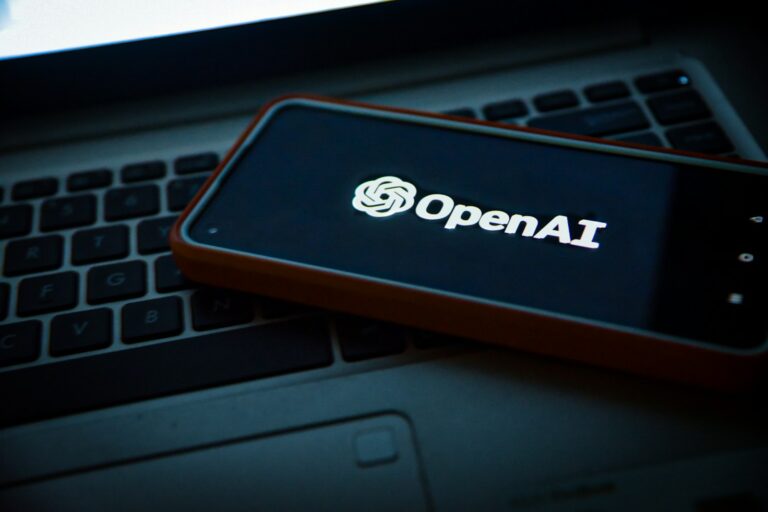Key Takeaways:
- Elon Musk shared a hair analysis test to prove he’s drug-free.
- The test appeared to include part of his Social Security number, raising security concerns.
- Experts warn this data could make him a target for identity theft or fraud.
- Musk has not commented or removed the post, despite the potential risk.
- This isn’t the first time Musk has faced criticism for privacy and security issues.
Musk’s Drug Test Stunt Goes Wrong
Elon Musk is no stranger to making headlines, but his latest move might have backfired in a big way. In an effort to silence rumors about his alleged drug use, Musk shared a hair analysis test on social media. The test, which supposedly proves he’s drug-free, included something he probably didn’t intend to reveal: the last four digits of his Social Security number.
Why Did Musk Share the Test?
The drama started when a report claimed Musk used large amounts of ketamine during the 2024 campaign, which allegedly caused him bladder problems. While Musk admitted to having a legitimate prescription for ketamine, he denies using it recreationally.
To clear his name, Musk shared a hair analysis test from a lab in Texas. Hair tests are known for detecting drug use over long periods, so the results seemed to prove Musk’s innocence. The test showed he was negative for ketamine and other common drugs.
But there was a catch.
A Major Mistake
When Musk posted the lab results online, eagle-eyed followers noticed something alarming. The document included the last four digits of his Social Security number. While those four digits alone might not seem like much, they can be dangerous when combined with other personal details like his name, birthdate, or address.
“This is a serious security risk,” explained one privacy expert. “Hackers or scammers could use this information to impersonate Musk or steal his identity.”
What’s at Risk?
A Social Security number is one of the most sensitive pieces of personal information in the U.S. Identity thieves can use it to:
- Open fake bank accounts or credit cards.
- File false tax returns.
- Access other private accounts.
While only the last four digits were visible, experts warn that this could still be enough for criminals to piece together the rest of his SSN, especially if they already have other details about Musk.
Musk’s Silence on the Issue
So far, Musk hasn’t commented on the leak or removed the post. This has raised even more eyebrows, as Musk has been vocal in the past about protecting his privacy and security. For example, he previously banned journalists from Twitter (now X) for sharing information about his private jet’s public flight data.
His lack of response has led some to question whether he’s taking the situation seriously.
A Pattern of Security Concerns
This isn’t the first time Musk has faced criticism for handling sensitive information carelessly. From sharing private jet locations to discussing X’s internal business strategies publicly, Musk’s openness has often sparked debate.
While his direct communication style can be engaging, it sometimes puts him at risk. This latest incident is just another example of how even small mistakes can have big consequences.
Why This Matters
For a tech billionaire like Musk, privacy and security are crucial. Not only could this leak put his personal finances and identity at risk, but it could also impact the companies he leads, like Tesla, SpaceX, and X.
As one analyst noted, “Musk’s ability to protect his own information raises questions about how securely his companies handle user data.”
What’s Next?
It’s unclear whether Musk plans to address the issue or take action to protect himself. For now, the leaked document remains online, and fans and critics alike are waiting to see how he’ll respond.
One thing’s for sure: this isn’t the last we’ve heard of this story.










